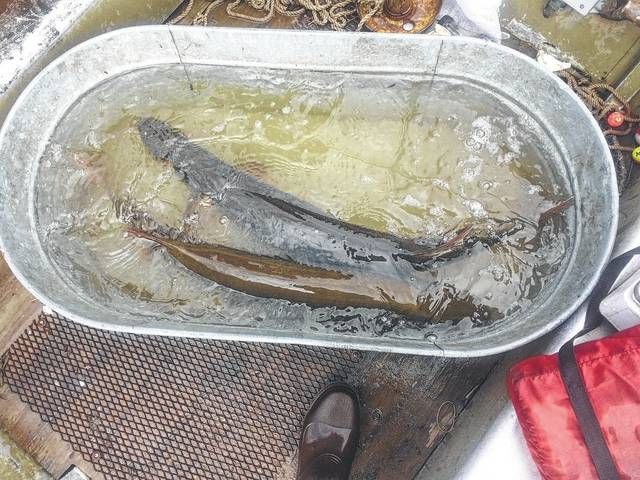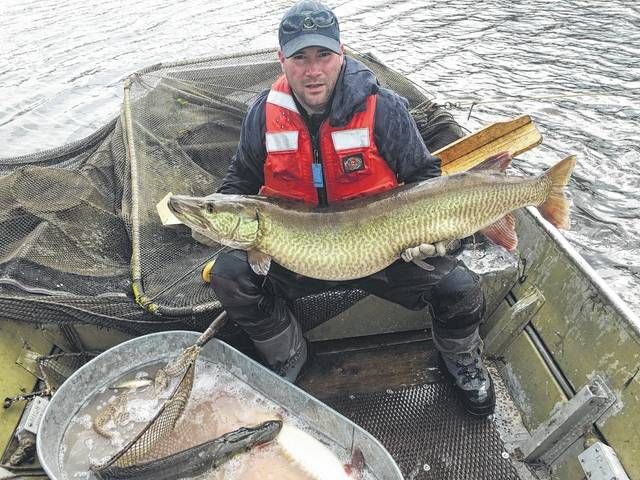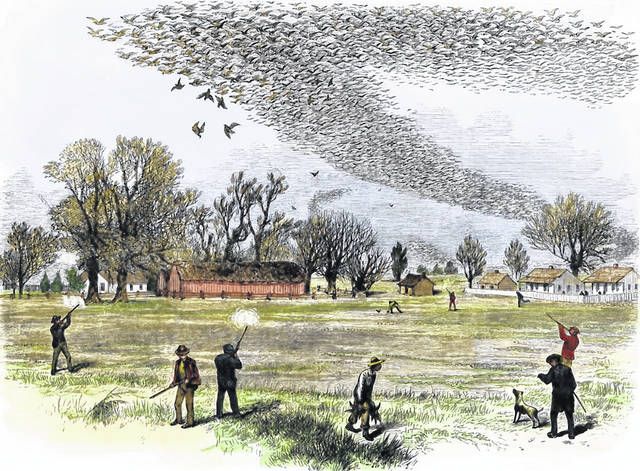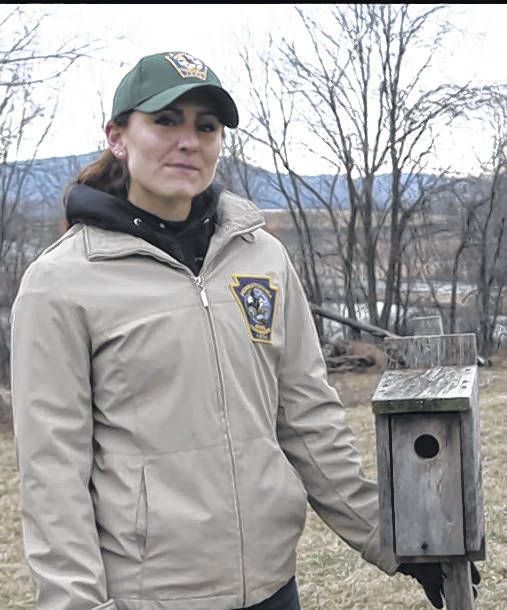Click here to subscribe today or Login.
Last year, Pennsylvania Fish and Boat Commission biologists netted a 50-inch muskie weighing 45.3 pounds while conducting a survey at Frances Slocum Lake.
Last week, fisheries manager Rob Wnuk and biologist Aaron Frey returned to the lake to continue their annual muskie survey.
So did the big fish from last year turn up in the PFBC’s trap nets again?
Not this time, but plenty of other fish did, including 18 muskies and a bounty of crappie.
But first, the big fish.
Wnuk and Frey set 20 trap nets around the shore of Frances Slocum Lake hoping to catch muskies as they move into shallow water to spawn. The PFBC stocks muskie fingerlings in the lake, and trap netting surveys reveal if the fingerlings are surviving and augmenting the population.
Essentially, whatever turns up in the trap nets determines if stocking muskie fingerlings in the lake is financially feasible.
At Frances Slocum Lake, the money the agency spends to raise and stock muskie fingerlings is worth it.
This year, Wnuk and Frey captured 18 muskies in the trap nets during the week of April 3, equating to a catch rate of .04 per hour. The figure was well above the .01 catch rate per hour that the PFBC’s Muskellunge Plan requires for continued stocking.
“On a statewide basis I can say that Frances Slocum is very good for muskellunge,” Wnuk said. “It’s a quality muskellunge lake.”
The agency’s Muskellunge Plan was changed in 2012 and has benefited Frances Slocum. Previously, the agency stocked muskies under a “trophy philosophy” where an occasional muskie may be caught giving anglers a rare chance at a trophy fish.
Today, muskie stockings are are focused more on establishing fisheries in lakes, like Frances Slocum, where the fish stand a decent chance of establishing a population. That approach, Wnuk said, increases the odds for anglers pursuing muskies.
“We now focus our stocking efforts on places where they survive well,” Wnuk said.
Muskies survive in Frances Slocum Lake for a number of reasons. The lake has plenty of shallow, weedy edges that muskies prefer, and a forage base consisting of alewives for young muskies to prey upon and white suckers and trout that older fish consume.
And then there’s the bass population, perhaps the most important element in the muskie equation.
Wnuk said Frances Slocum has a decent, but not extremely large bass population. Bass are the primary predator of smaller, stocked muskies and if the population isn’t excessive the muskies stand a reasonable chance of surviving.
“The bass population makes a big difference,” Wnuk said. “At Lackawanna Lake, for example, the bass population is higher and we stock 1,000 tiger muskies there a year. This year over four nights of trap-netting, we caught just one muskie.”
The muskies that were caught at Frances Slocum in this year’s survey ranged from 26 to 39 inches and weighed between 5.6 to 22.2 pounds. Over the years, the PFBC has marked 22 muskies in the lake with passive integrated transponder (PIT) tags, which identifies each fish. Of the muskies captured this year, 12 were caught in prior year surveys as well.
Wnuk will return to Frances Slocum in late August or September to survey for young-of-the-year muskies to gauge reproduction.
While the large predatory fish are doing well at Frances Slocum, the recent survey also indicated another species seems to be thriving. Wnuk said their trap nets were often full of crappies, averaging 10 inches and some reaching 15 inches in length. Crappies aren’t known to grow large in Frances Slocum because alewives out-compete young fish for food.
But the recent trap net survey proved they are doing well.
“This year our nets were full of really nice crappies,” Wnuk said. “Some of the nets were so heavy with them we had to dip them out before we could pull them up.”
For other sports stories, click here.









